Cocoa
Mealy bugs
Symptoms of damage
Identification of pest
When the infestation is lesser: Spraying of Neem Oil 3% or fish oil rosin soap 25g/litre
Adult : Grayish beetle with two pink dots and lateral spine
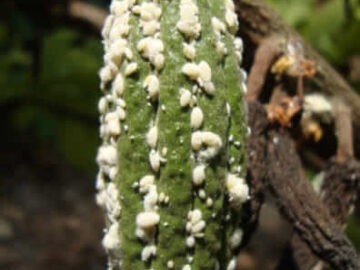
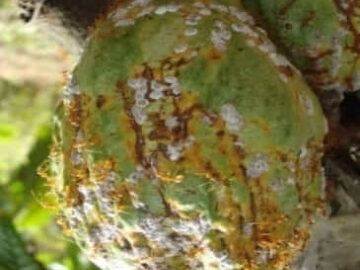
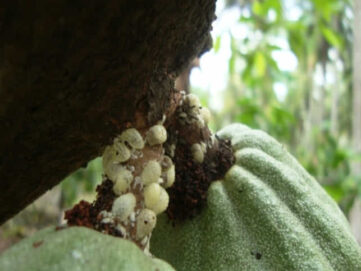
Management
Tea mosquitoe bugs
Symptoms of damage
Identification of pest
When the infestation is lesser: Spraying of Neem Oil 3% is recommended.
In case of severe incidence, spraying of any one of the following chemicals is recommended: Imidacloprid (0.6 ml/lit) , Thiamethoxam (0.6g/litre), Profenophos (2 ml/litre), Carbaryl (2g/lit)

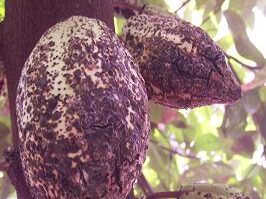
Management
Flatid Plant hoppers
Symptoms of damage
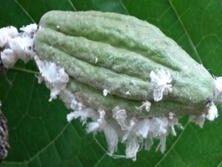
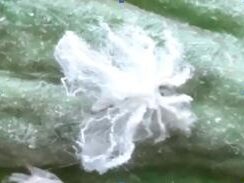
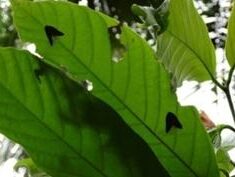
Management
Aphids
Symptoms of damage

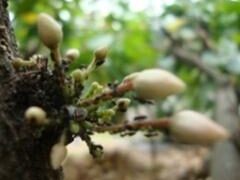
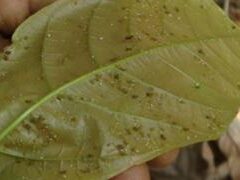
Management
Hairy caterpillars
Symptoms of damage
Management
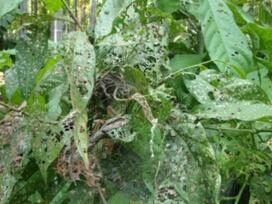
Stem Girdler
Symptoms of damage
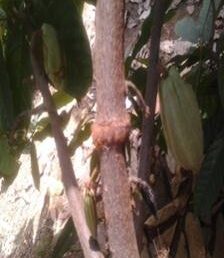
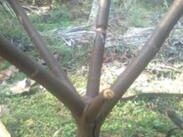

Management
Non- Insect pests
Symptoms of damage


Management
Source: https://agritech.tnau.ac.in/
